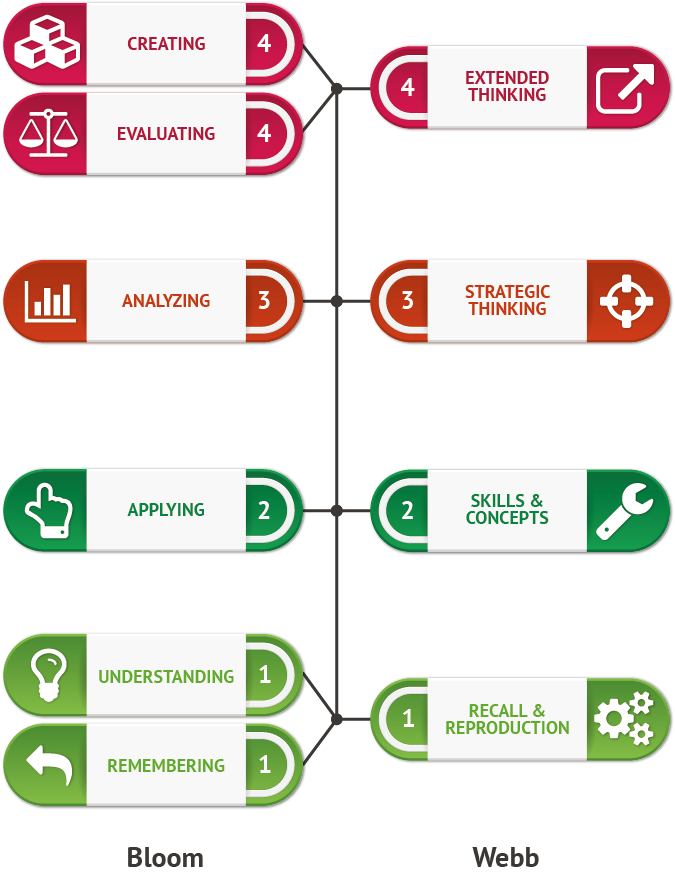Teaching Finance in High School – An 8-Step Process
Looking to find out about teaching finance in high school? This webpage can help. Here you’ll locate top-notch resources and a step-by-step guide for teaching finance to high school students.
The Eight Steps Involved in Teaching Finance in High School
1. Process Example for Teaching Finance to High School Students
As a volunteer for the Youth Activism Project, Emmett Johnson had a powerful interest in teaching finance to the 20 high school students in his youth group, but he didn’t know exactly where to start. He knew these kids were passionate about social change and that most of them came from affluent families in his west coast city; but Emmett wasn’t sure which personal finance topics they most needed to learn. He decided to go straight to the source: he did a poll at one of their meetings, and found out most of them wanted to know more about planning to move out on their own.
2. Empathize with Youth Challenges: Step #1 in Teaching Finance in High School
Emmett’s initial objective for teaching finance to high school students was to give them some budgeting skills related to living on their own. Since the students expressed willingness to give quite a bit of their time to the effort, he thought he could help them plan for renting an apartment, generating income, getting transportation, and creating a personal budget. His overarching goal in teaching financial literacy to high school students was that the students would get to the Evaluate level on Bloom’s Taxonomy – they’d have the knowledge and ability to make informed financial judgments when they moved out on their own.
3. Delivery, Pacing Selections should Sync with Target Learner Outcomes
Now that Emmett understood his short-term and long-term goals, now he needed to figure out the best delivery mode for teaching finance in high school. He chose in-person instruction accompanied by technology-based components, so the students could practice skills in a live setting and follow up with online activities they could complete at their own pace.
4. Informed Topic Choices Next Part of Teaching Finance to High School Students
Step four in Emmett’s plan for teaching finance to high school students involved choosing which topics to present. Because the youth activists wanted to create plans for living on their own, Emmett decided to focus on budgeting, qualifying for loans, and career planning. He figured he could best meet the goal of helping them become independent by selecting high school finance lesson plans relevant to their life stage.
5. Proven Qualifications of an Instructor for Teaching Finance in High School
Next, Emmett needed a well-qualified educator to present the material. He wanted someone with proven credentials, both in financial education knowledge and specifically teaching finance in high school. Emmett located a group of finance speakers nearby and selected an instructor who was certified through the NFEC. He picked this instructor because he was qualified and met national standards.
6. Which Curriculum Packages are Most Engaging for High School Students?
Emmett’s next step for teaching finance in high school involved choosing a curriculum with engaging, interactive activities and just-in-time learning components. To ensure that the materials adequately addressed the students’ needs, he picked a curriculum that was designed according to evidence-based learning principles.
7. Show Positive Impact by Adopting Reliable Measurement Tools
Emmett had 20 students in his youth group, and all of them completed at least one portion of the program. At the time of post-test, they showed an average of 25% improvement in budgeting capability. Emmett compiled this information into a report for the national board of the Youth Activism Project, with the purpose of demonstrating that teaching finance in high school has a positive impact.
8. Go Below the Surface by Offering Ongoing Efforts for Teaching Finance in High School
Emmett felt that he’d just scratched the surface with this initial instruction, and he wanted to keep the momentum going. He hosted a graduation event to recognize the students’ achievement. Then he put a plan into action that would reinforce and support the kids to put what they’d learned into action. This plan involved providing a personal finance guide, a follow-up Q&A sessions plus monthly newsletters sent to their email addresses.








